Colourist Damien Vandercruyssen at Harbor in LA worked on Baselight with cinematographer Darius Khondji to create elusive but memorable looks for this dream-like movie.
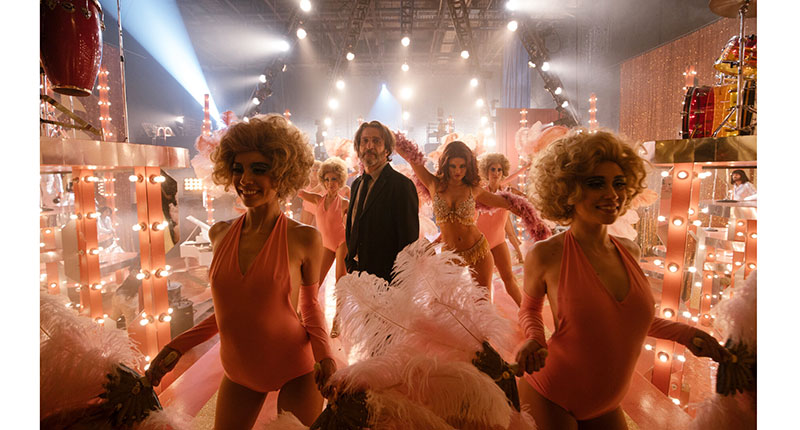
Oscar-nominated movie ‘Bardo’, directed by Alejandro G Iñárritu, tells the story of a well known journalist called Silverio who becomes an award winning documentary filmmaker. He goes on a journey to reconcile with the past, the present and his Mexican identity. But his trip forces him to face questions about identity, success, mortality, the history of Mexico and the deep, emotional bonds he shares with his wife and children.
The immersive film was graded on the Baselight system at Harbor in Los Angeles, by colourist Damien Vandercruyssen. He worked closely with the cinematographer Darius Khondji to achieve the desired look. Darius has been nominated for a Best Achievement in Cinematography Oscar for his work on the movie, as well as an ASC Award for Outstanding Achievement in Cinematography in Theatrical Feature.
Damien and Darius have worked together many times on films including 'Uncut Gems' (2019), 'Lisey’s Story' (2021) and most recently 'Armageddon Time' (2022) - and have developed a strong creative bond. They like to treat every project as a blank canvas.
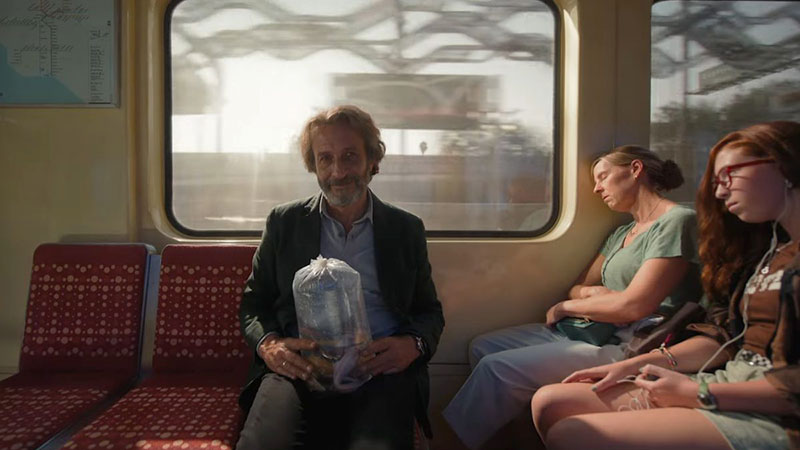
“Something I admire about Darius’ work is that every job requires its own approach, feel and look,” Damien said. “'Bardo' and 'Armageddon Time' were shot by the same DP, on the same camera, and in the same year, yet they are refreshingly nothing like each other. We have a common sense and culture that we naturally lean towards, but we want every project to be unique. At the same time, that desire serves as a red flag to stop us from falling into an automatic process too easily.”
Waking Dreams
‘Natural oneirism’ is how Damien describes the desired look of the movie, referring to a type of consciousness in which a person has dream-like experiences and hallucinations while he or she is awake. “We wanted a clean palette with a very slight touch of film patina,” he said. “The colour work of photographer Vivian Maier was one of the references used during pre-production that we continued studying during the DI. It’s slightly faded, but with colour accents that remain memorable. The look she created is unique and evokes nostalgia.”
Bardo is a Tibetan word for the Buddhist concept of a transitional floating state between death and rebirth, which in the movie translates to a transition between surreal dreamlike sequences and scenes depicting reality.
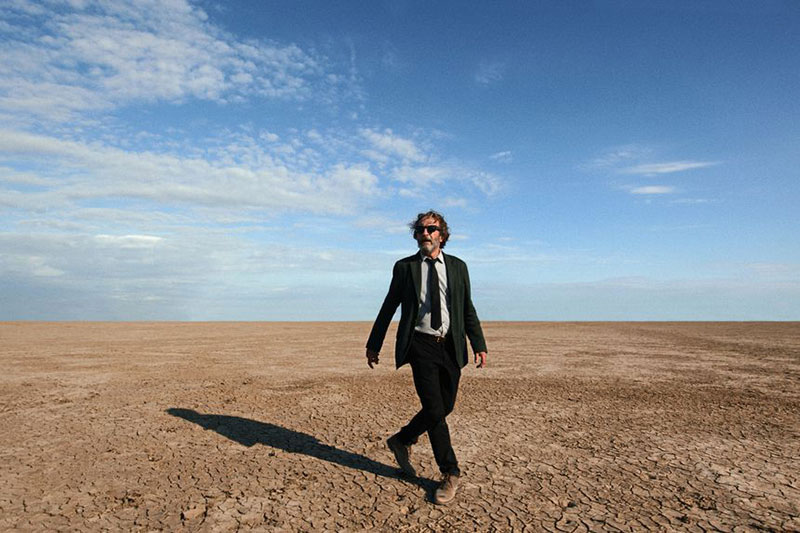
“For the filmmakers, it was important that the grade feel natural, even in the dream states,” said Damien. “We finessed the transitions between scenes through subtle variations, breathing of the grade, and shifting the mood from reality into dream state.” When a grade breathes, it shows changes in exposure, contrast and colour from frame to frame as the film proceeds.
“Like a dream, the look often starts realistically but shifts in a natural, almost imperceptible way. All in all, the grade always had to feel as natural as possible for Alejandro and Darius.”
From LUTs to Production
For 'Bardo', Darius and Damien began building look up tables (LUTs) during pre-production for Gabriel Kolodny, the DIT and on-set colourist. The production took place in Mexico, but because of COVID-19 restrictions at the time, Damien was in New York and the pair worked remotely when required.
“It is always a special moment when the cinematographer is searching for the perfect ingredients for their desired look,” he said. “Between camera, lens, lighting and colour, all connected with the costume and production design, this testing phase is essential. From that point onwards, everything else falls into place.”
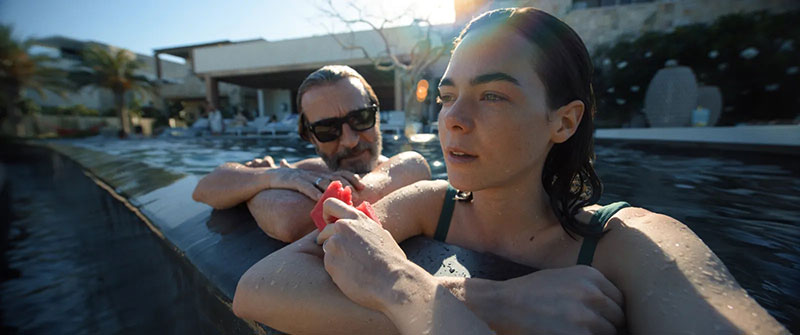
With the LUTs defined, Damien kept an eye on the dailies during principal photography and supported the development of new LUTs and adjustments.
Bardo was shot on the ARRI ALEXA 65. “The quality of this camera image is highly impressive,” Damien commented. “The only challenge was handling the colossal amount of data that it records and reaching the limit of real-time playback.”
The team used ARRI LogCv3 Wide Gamut as their working colour space. All VFX shots were delivered in ARRI Linear EXR with embedded mattes. “We started with plates only then implemented and reviewed the VFX shots as they came in,” Damien said. “The main grade was done in P3 D65, until the festival premiere. Then I started working on the other HDR/SDR deliveries for Netflix, film-out and Dolby Cinema.”
Making the Grade
Damien and Darius began working on the main grade in the (northern) spring for seven weeks, stopping before receiving all the final VFX shots. Then they carried on for another four weeks with the director, Alejandro, in August, and did another two weeks in between for the HDR Dolby Vision pass and final reviews.
“We always take the offline as our starting point and the look develops as we play out the scenes and discuss them,” Damien said. “Darius drives if we need a new direction, pointing out things that he likes and doesn’t like. If there’s something that I don’t think is working, I’ll suggest alternatives.

“Then, it’s a matter of liking that new direction or not. I’ve found that colour is a very subjective and personal taste. We tend to prefer the same looks, which makes the process of finding a new direction a little more difficult. But on Armageddon Time, for example, we were able to play with a softer palette in a way we hadn’t before. For Bardo, we played with this softer palette as well.”
“The grade for Bardo was all about subtlety, through minute adjustments and refinements. We were able to achieve this due largely to working in Baselight. I used keyframes for shapes, keys or grade and opacity blends as a lot of shifting grades are called for throughout the shots. The storm scene in the kitchen, for example, was all shot intentionally, but we helped the transitions by darkening the frame as the storm grew.”
Long Takes, Small Windows
One of the most challenging aspects of the grade for Damien was managing long takes that contained multiple looks. “I had to build and blend multiple stacks to make those transitions as smooth as desired,” he said. “Many of those long takes came with a request for a small window, but I had plenty of backup behind the scenes from Robert Crosby, associate colourist, and Weiyi Ang, colour assist, who did a phenomenal job of tracking and keyframing lots of those windows.“
One of the trickiest shots he tackled was the entrance into the TV studio that journeyed all the way back to the dressing room. “This is a very long shot made up of six different grades and locations, so we had to break the shot into sections, one per location, and then blend them in the transitions, windowing and keyframing each location again.”
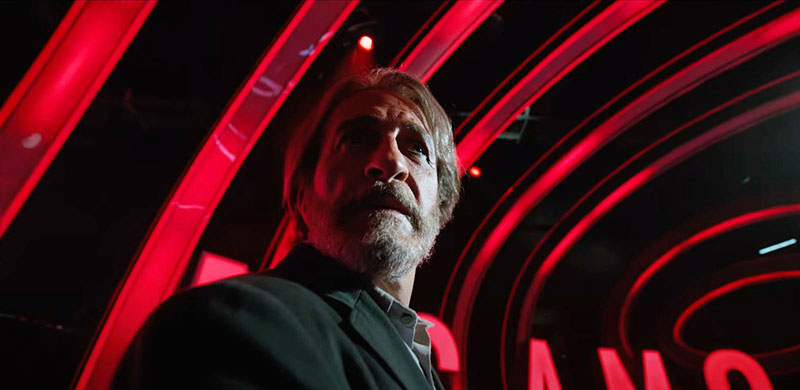
Another challenging sequence takes place in downtown Mexico City. It breaks down into a time-lapse, from day to night, in the streets and then shifts to pre-dawn at the Zocalo.
“This scene was very VFX-heavy, but the whole reel was a challenge,” Damien reflected. “Getting the right amount of darkness, as the night gives way to dawn, was a real challenge. I felt like a tightrope walker. Every move had a domino effect. It was a very difficult balance to find and coordinate with the VFX team as well.”
'Bardo' has so far won various awards at 2022 film festivals including Camerimage (Poland), Capri (Hollywood) and Venice (Italy). The film is also in the running, among many others, for a 2023 Oscar for Best Achievement in Cinematography and an ASC Award for Outstanding Achievement in Cinematography in a Theatrical Feature (5 March 2023). www.filmlight.ltd.uk




